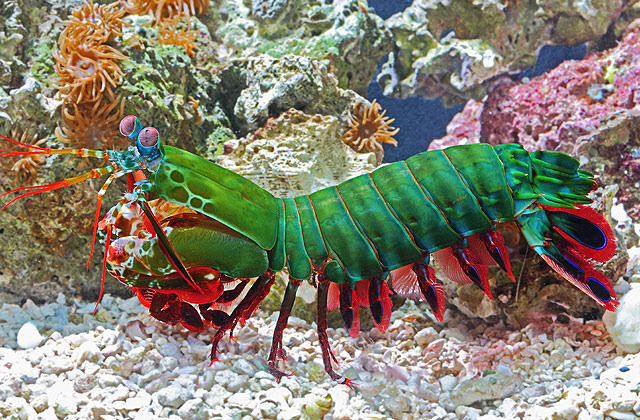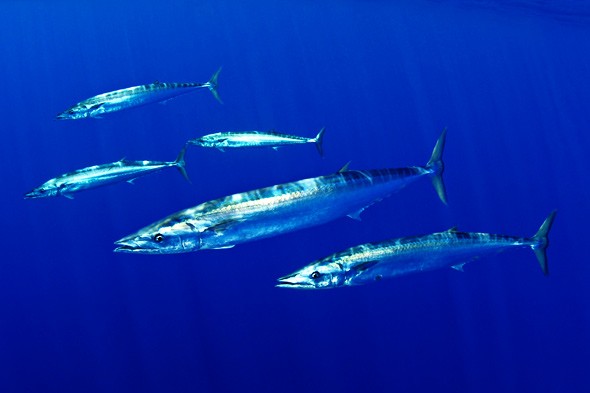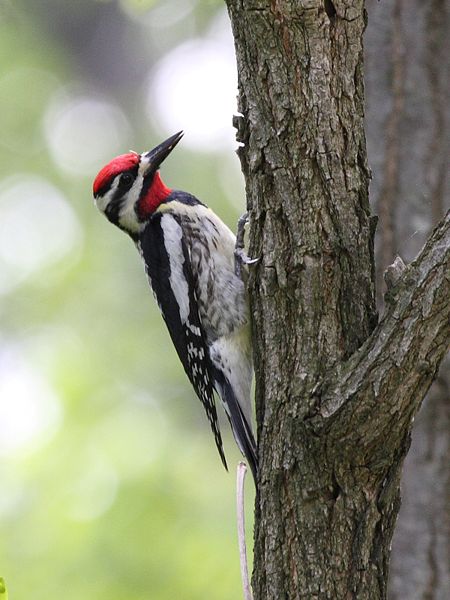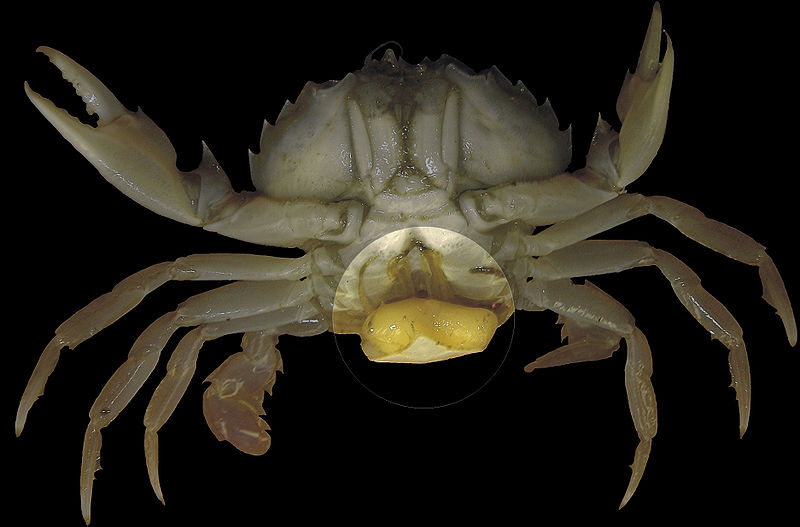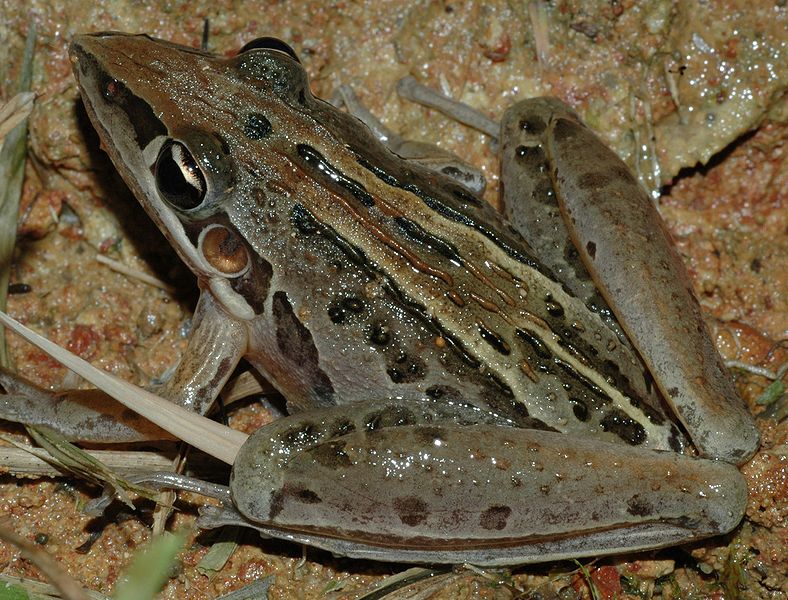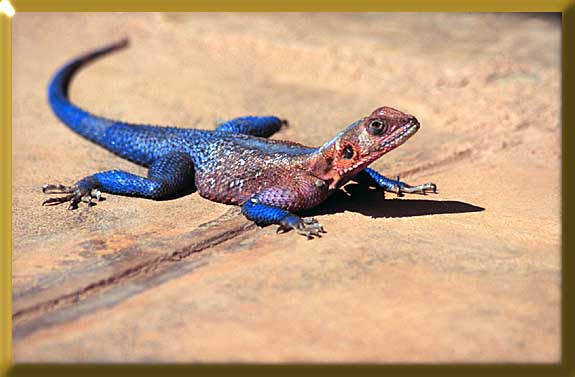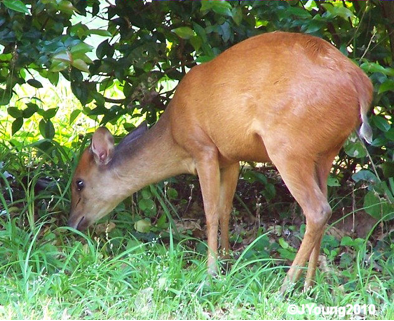
Cool Facts About The Blue Duiker
- The Blue Duiker is a small species of duiker–a group which includes 19 small to medium-sized species of antelope native to Sub-Saharan Africa.
- Possessing a brown coloured coat with a blue tinge and a white underside, Blue Duikers have small cone-like horns in the middle of their head
- While they can live up to 15 years in the captivity, their life span in the wild is unknown.
- Blue Duikers have small scent glands just under their eyes, which can be clearly seen as dark lines running down their cheeks.
Who Needs Water?
To better survive in the African heat, the Blue Duiker has adapted to life with little water. Although it is known to lap small droplets of water from the surrounding foliage, most of its water intake comes from its food. Unlike other small antelopes, the Blue Duiker is known to eat meat as well as the usual plants and seeds. Its unique omnivorous diet ranges from grasses, flowers, bark, seeds, and berries to insects, birds, rodents, and small mammals. Up to 75% of its diet, however, derives from fallen fruits that are often sent crashing to the ground by monkeys in the trees
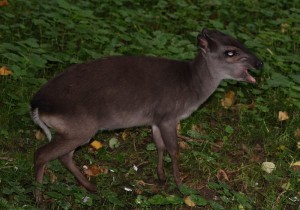
Be Wary of the Predator
Due to its small size, the Blue Duiker has numerous predators within its natural environment, and, as a result, plays a crucial role in native food chains. Despite emerging only at night, predators from birds of prey to baboons to crocodiles still hunt these miniature bovidae. Other predators include hyenas, wild dogs, cats, and snakes. Furthermore, humans reduce the population of the Blue Duiker not only by hunting them for food but also through deforestation, which destroys the Blue Duiker’s natural habitat.
Although vulnerable, this species has evolved to increase its likelihood of survival. Specifically, the blue and brown coat of the Blue Duiker serves as the perfect camouflage for when it searches for food in the surrounding forest at night.
Find Your Own Territory
The way in which the Blue Duiker marks its terrain makes this antelope interesting. Blue Duikers have small scent glands just under their eyes, which can be clearly seen as dark lines running down their cheeks. Blue Duikers will rub these glands, which secrete a smell unique to the individual, onto trees to mark their territories–territories that can be up to 10 acres in size. In addition to utilizing their scent glands, Blue Duikers will use piles of dung to ensure that their boundaries are clearly visible. In fact, these dung piles act as important indicators of their presence in forested areas. Blue Duikers spend most of their time patrolling their territories, aggressively warding off other Blue Duikers that try to encroach on their turf.

